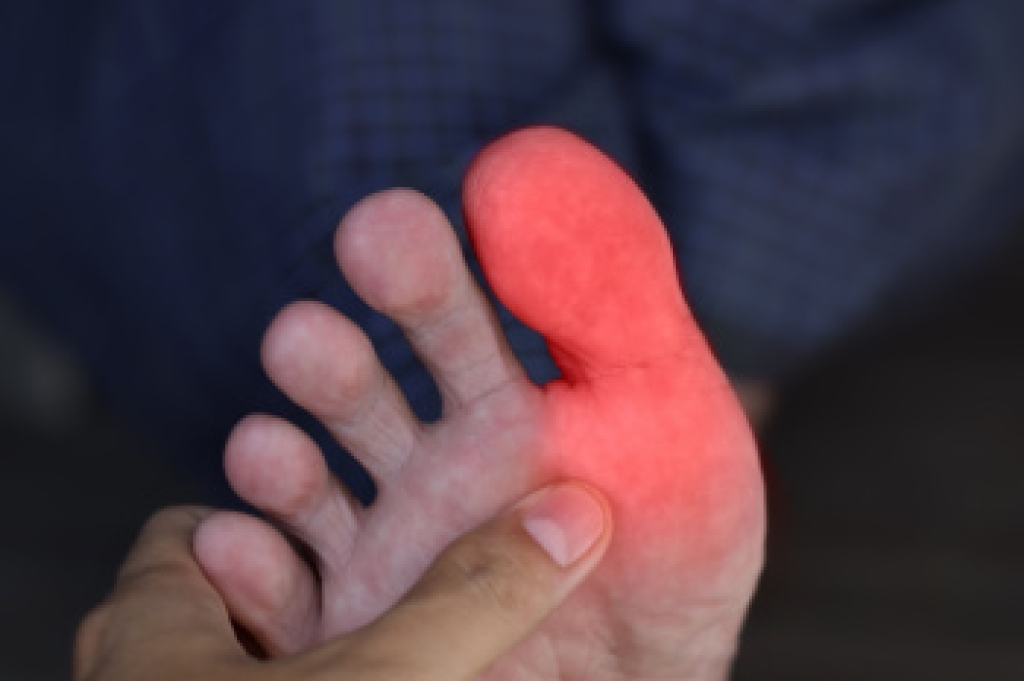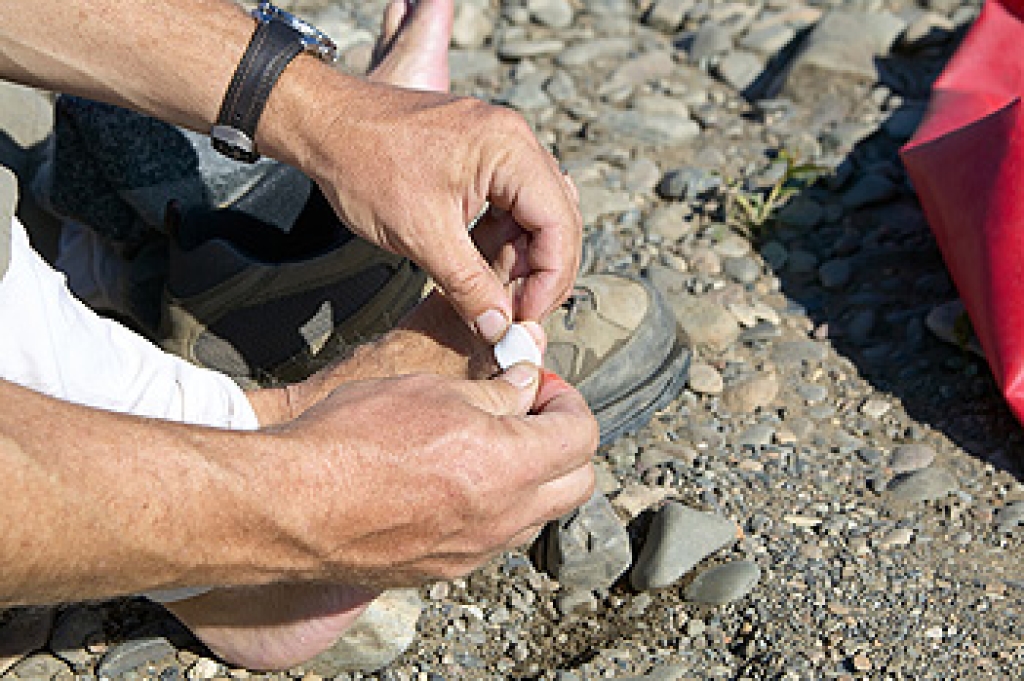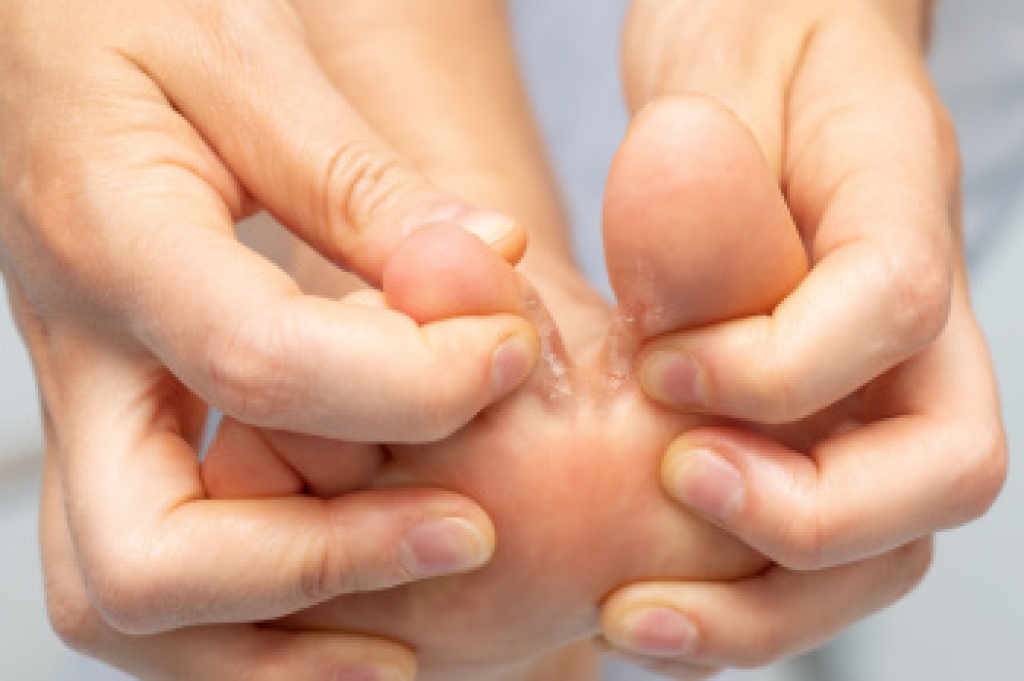
Hallux rigidus is a form of arthritis that affects the big toe joint, making it difficult and often painful to bend the toe during walking or daily activities. Many people first notice stiffness, swelling, or a sharp ache when pushing off the ground, especially in tighter shoes. As the condition progresses, the joint may lose more motion, causing persistent discomfort and changes in the way a person walks. Treatment focuses on relieving pain and protecting the joint. Wearing supportive shoes with a stiff sole, custom orthotics, and activity adjustments can reduce strain. Anti-inflammatory care or targeted exercises may also help improve comfort. In more advanced cases, surgical options can restore function or reduce pain. If you have developed this condition,it is suggested that you see a podiatrist for an accurate diagnosis and the most appropriate treatment plan.
Toe pain can disrupt your daily activities. If you have any concerns, contact one of our podiatrists of New Jersey. our doctors can provide the care you need to keep you pain-free and on your feet.
What Causes Toe Pain?
Most severe toe pain is caused due to a sports injury, trauma from dropping something heavy on the toe, or bumping into something rigid. Other problems can develop over time for various reasons.
Toe pain can be caused by one or more ailments. The most common include:
- Trauma
- Sports injury
- Wearing shoes that are too tight
- Arthritis
- Gout
- Corns and calluses
- Hammertoe
- Bunions
- Blisters
- Ingrown toenails
- Sprains
- Fractures (broken bones)
- Dislocations
When to See a Podiatrist
- Severe pain
- Persistent pain that lasts more than a week
- Signs of infection
- Continued swelling
- Pain that prevents walking
Diagnosis
In many cases the cause of toe pain is obvious, but in others, a podiatrist may want to use more advanced methods to determine the problem. These can range from simple visual inspections and sensation tests to X-rays and MRI scans. Prior medical history, family medical history, and any recent physical traumatic events will all be taken into consideration for a proper diagnosis.
Treatment
Treatments for toe pain and injuries vary and may include shoe inserts, padding, taping, medicines, injections, and in some cases, surgery. If you believe that you have broken a toe, please see a podiatrist as soon as possible.
If you have any questions please contact our office located in Neptune City, NJ . We offer the newest diagnostic and treatment technologies for all your foot and ankle needs.




